Five foods nutritionists never eat (and four they can't get enough of)
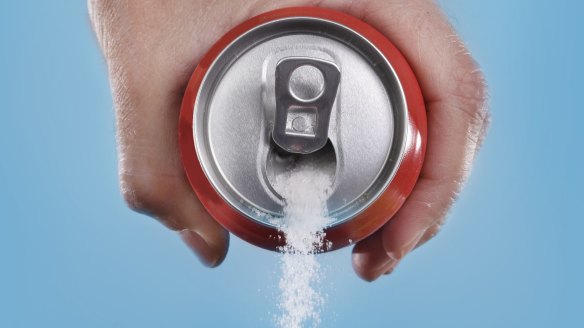
Given the nature of their profession, it's not surprising to expect a nutrition professional to make healthy dietary choices in their day-to-day life.
In-depth understanding of individual foods and dietary patterns associated with health, longevity and disease prevention surely lends itself to eating in a particular way.
So, what can the average person learn from the daily food choices of nutritionists to help build a strong nutrition foundation in their lives?
Here are some of the foods you will rarely, if ever, see a nutritionist add to their own trolley, and the foods they load up on most days. The good news is it is not all bran, kale and salads.
Soft drink
Of all the "sometimes" and "occasional" foods out there, without a doubt the worst of the worst is soft drink. With at least nine teaspoons of sugar in a single 375-millilitre can, it will come as no surprise that these highly acidic beverages rarely, if ever pass the lips of those sprouting positive nutritional practices. Of all the high-fat and high-sugar foods humans love to indulge in, soft drink repeatedly ranks the worst for its close association with weight gain, type 2 diabetes and childhood obesity. It is not only the sugar content of soft drinks that makes them such a poor choice nutritionally but it has also been shown that human beings are not as efficient in compensating when they consume liquid kilojoules, which is one of the reasons that soft drink is so closely associated with weight gain. And it is not just the sugary varieties that aren't great for us. Research has shown diet soft drinks are also associated with higher kilojoule and sugar intakes and should not be considered a healthy choice.
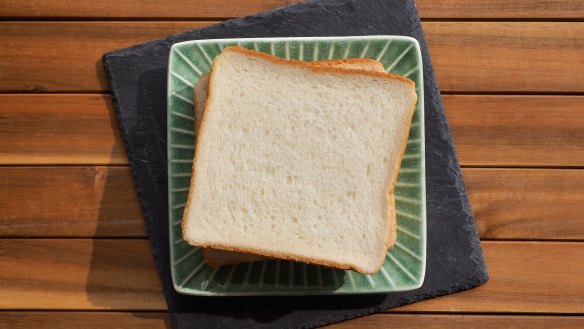
White bread
We aren't talking about good quality, wholegrain sourdough loaves here. We're talking about the super soft, highly processed white loaf varieties that literally dissolve in your mouth when you eat them. In the eyes of a nutritionist, pure white bread sends blood glucose levels sky rocketing like confectionery or soft drink do. This is why it's not the best choice of daily bread for anyone other than athletes who need readily available fuel during competition and for recovery. And while there are now low-GI soft white loaves, they are still not as good nutritionally as wholemeal or grain bread.
Margarine
Spreads are a controversial food topic among nutrition professionals as the recommended switch from butter to margarine in the '80s and '90s came from evidence that plant-based oils were better for the heart than animal-based fat. While this is somewhat true, the reality is that margarine is a highly processed, extra fat that we do not need in our diet. It is also important to know that no matter how "healthy" a margarine is purported to be, the majority of varieties are made using a blend of vegetable oils rather than any specific oils that are known to offer health benefits when consumed in their natural state.
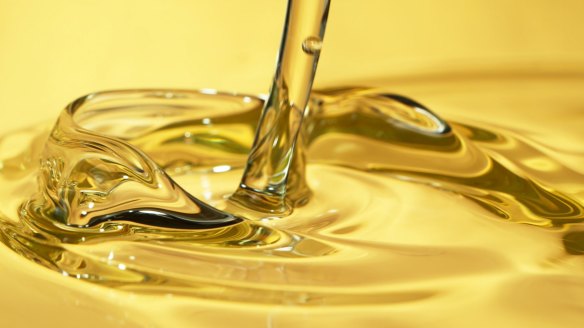
Vegetable oil
While specific oils including sunflower, peanut and olive oil are clearly labelled as such, the term vegetable oil infers that the oil is likely a mix of a number of oils, most often palm oil. Palm oil is 50 per cent saturated, and offers no positive nutritional attributes, while processed vegetable oil in general adds unnecessary omega-6 fat into the diet of Australians, which are closely associated with promoting inflammation in the body over time. And before you think coconut oil is a better option (it's often claimed to be a source of medium-chain triglycerides, a type of fat that is metabolised well by the liver), the reality is that the fat in coconut oil is still largely saturated. As an added fat in the diet, coconut oil offers no additional health-related benefits and as such rarely features in the dietary staples of dietitians and nutritionists.
Pastry pies
Pies, sausage rolls, spring rolls and quiches may be appealing party options to enjoy occasionally but it is important to remember that mass-produced supermarket varieties of foods made with pastry are packed with saturated fat and are also likely to contain trans fat. Trans fat is produced during the manufacturing process used to make baked goods heated at high temperatures commercially and are best avoided completely in the diet as they are extremely damaging to the arteries. Unfortunately, in Australia it is not compulsory for trans fats to be labelled on packaged foods but if they are mentioned on the label or if you see the words "hydrogenated vegetable oil" on the ingredient list, run a mile.
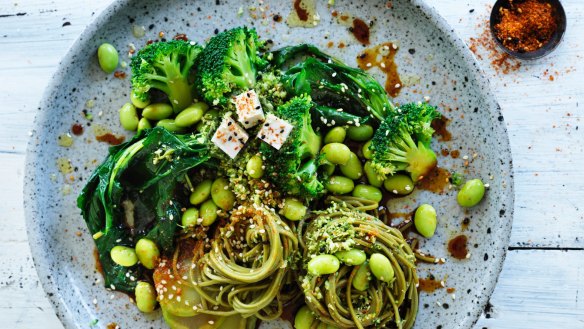
And the foods nutritionists can't get enough of
Leafy greens
It goes without saying that vegies are at the top of the shopping list of any nutrition professionals. Ideally, we should eat seven to 10 serves of fresh fruits and vegetables each day, and they are associated with the many health benefits of a Mediterranean diet. Specifically, it is the powerful anti-cancer molecules found in leafy greens that makes them such a strong choice nutritionally. But before you reach for the kale, keep in mind that there are benefits associated with consuming both raw and cooked green vegies. Cooking vegies in a little extra virgin olive oil can help to optimise nutrient absorption. All varieties are a good choice so you can pick and choose the leafy greens you most enjoy eating.
Extra virgin olive oil
With exceptionally high levels of powerful antioxidants that help to protect our cells from damage, olive oil has one of the highest proportions of monounsaturated fat and lowest proportions of saturated fat of all the cooking oils available. You can also add it to any meal to help boost fullness. Often considered a poor choice for cooking at high temperatures, the truth is that the high quality of olive oil means it can be used in most dishes and dressings, with the exception of deep frying. The fresher the olive oil, the higher the antioxidant content, so replace your olive oil every two to three months. Also keep in mind that "light" varieties are not lighter in fat or energy, and spray varieties lack the nutrient quality of fresh oil. Research suggests that including as much as two tablespoons of extra virgin olive oil each day is associated with a lower risk of developing heart disease, some types of cancer and type 2 diabetes.
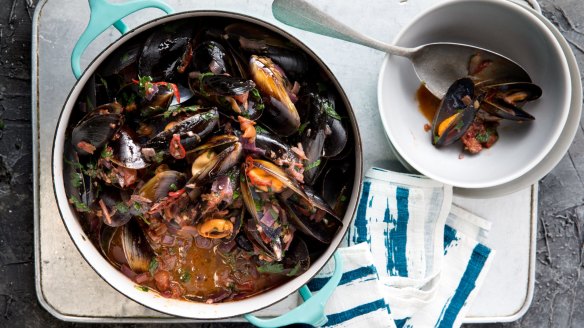
Shellfish
Fish rich in omega-3 including sardines and Atlantic salmon regularly top the list of superfoods dietitians eat but another trick is to also include a lot more shellfish in your diet when health is your goal. Shellfish including oysters, mussels and scallops are especially rich in a number of key micronutrients that tend to be on the low side in the diets of Australians. These include zinc, which plays a key role in immune function, and iodine, which our soil is very low in and crucial for thyroid function. Specifically, oysters and mussels offer an exceptionally high amount of both zinc and iron per serve, while all shellfish offers vitamin B12 alongside the powerful antioxidants selenium, vitamin B and magnesium. While fresh varieties of seafood can be a little expensive, the good news is that tinned varieties can be just as nutritious for a fraction of the cost.
Nuts and seeds
Fewer than one in 10 Australians get the recommended 30 grams of nuts each day shown to help reduce the risk of heart disease thanks to their unique nutritional mixes of good fat, vitamin E and key micronutrients including zinc and magnesium. It is not only nuts that many of us could do with eating a lot more of, but also seeds such as pepitas, chia and sunflower seeds, which are also packed with essential nutrients. Nutrition professionals are acutely aware that there is growing research to show that consuming a range of different plant foods each week, 30 to be exact, is closely associated with gut health, immune function and disease prevention, and incorporating more nuts and seeds into your weekly food repertoire is one of the easiest ways to boost nutrient intake and increase food variety.
Susie Burrell is a nutritionist and dietitian.
The best recipes from Australia's leading chefs straight to your inbox.
Sign up